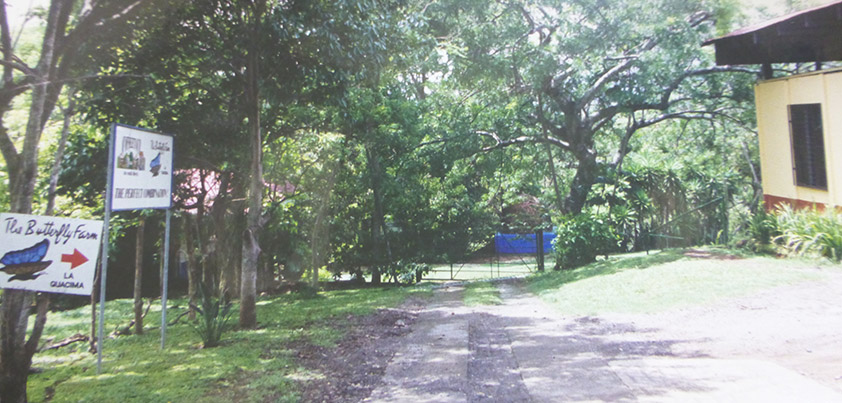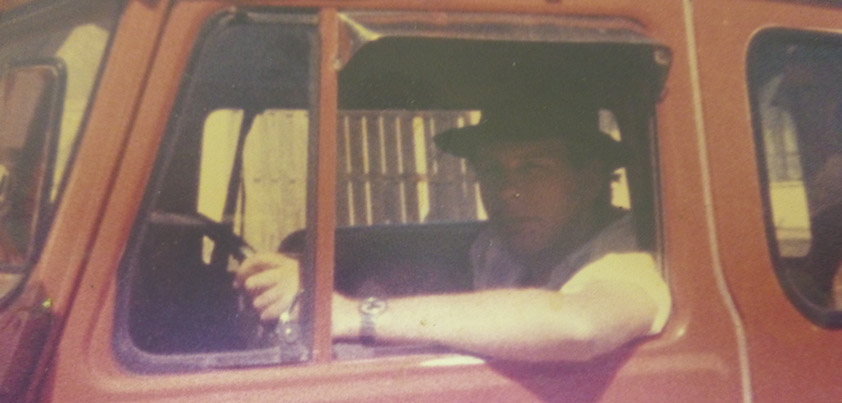Costa Rica
Entomological Supply | Butterfly Farm
From beautiful Costa Rica we deliver the experience of sharing with these magnificent creatures.
From beautiful Costa Rica we deliver the experience of sharing with these magnificent creatures.
Costa Rica Entomological Supply (CRES) was founded in 1984 by Joris Brinckerhoff, a former Peace Corps volunteer and his wife, Maria Sabido. While hitchhiking, Joris had a chance encounter with a butterfly enthusiast, Jim, who informed him about the butterfly exhibits that were being created in England.
There were several factors that suggested that butterfly farming in Costa Rica might be successful. The government at that time was promoting the development of “non-traditional exports” also Costa Rica is and was renowned for its biodiversity and far-sighted efforts in conservation. Over a quarter of the country had been protected in national parks. Furthermore, butterfly farming would seem to promise many social advantages for rural people. Farming butterflies would require the planting of host plants and flowers, allowing families to generate incomes without causing ecological damage. The start-up investment seemed to be modest. Inspired by E.F. Schumacher’s book, Small is Beautiful, Joris and Maria gathered their savings and embarked on a career as butterfly farmers. With the help of their friend Rubén Canet, they spent two years trying to identify host plants and develop breeding methodologies. A law would have to be changed to allow the export of live butterflies — a scenario that had not been contemplated.
Today, the creation of CRES is a leading business school case study for a course on New Business Ventures from INCAE. It’s a challenging case! There were no butterfly farms in Latin America to emulate. The founders had no experience, no knowledge about butterflies, entomology or biology. There wasn’t any literature on butterfly farming. The laws at the time prohibited the export of butterfly pupae. The founders didn’t qualify for legal residency. They had no startup capital beyond Joris’ Peace Corps readjustment allowance. The airlines charged hundreds of dollars in freight and refused to transport “live animals.” The market for live butterflies lasted only 6 months of the year and it would take a year to prepare for the first export. Without sufficient money to even rent a modest house, the case asks the students: if they were the entrepreneur, would they proceed? The question is perplexing because no matter how the situation is analyzed, there is no conceivable way that the project could survive.
In 2014 CRES celebrated its 30th anniversary and remains one of the main butterfly suppliers in the world. Today, butterfly farming for exports, exhibits and souvenirs has become a significant industry, providing employment for hundreds of families.

CRES updates its brand image and digital presence.

CRES Celebrates its 30th Anniversary together with 80 Butterfly breeding families.

CRES receives a recognition as a “Social Inclusive Business” from Harvard Business School.

The Butterfly Farm organizes its First Mural Contest!

Gerlinde joins CRES as the European representative in Europe working from CRES’s offices in Germany.

New offices for the Butterfly Farm and CRES.

By 2000, 50 Butterfly breeder families work together with CRES.

1st CRES Seminar in history!

CRES hosts its 1st International Association of Butterfly Exhibitors and Suppliers (IABES) conference.

Their team members become experts in the area and their species start traveling worldwide!

The amount of butterfly-breeders working with CRES keeps growing steady.

CRES starts growing, they even develop their first software! (Created in DOS ( =-O ))

CRES creates the first Butterfly Exhibit in Latin America and name it The Butterfly Farm!

Joris and Maria decide to move to La Guacima in Alajuela, where CRES is currently located.

While working hard with Maria in their new project, Joris contacts the only person in the world who bought live butterflies at the time and asks him if it was possible to become part of the butterfly market, to what he replied: ”Absolutely!, Great Britain will buy all the pupa that you can produce, maybe even ¢6.000 a year!”

Costa Rica Entomological Supply (CRES) is founded in 1984 by Joris Brinckerhoff and his wife, Maria Sabido.

Joris meets by chance the person that would introduce him to the butterfly exhibitions world for the first time. When he asks Jim for a ride, he tells Joris about the potential industry in England regarding the butterfly business.

Joris arrives to Costa Rica as a Peace Corp volunteer. He works as a consultant for a cooperative.
Breeding, packing, transporting and delivering many thousands of live butterfly pupae to dozens of butterfly exhibitions around the world each week, involves a choreography of hundreds of people: butterfly farmers, packing staff, government inspectors, air cargo and courier specialists, delivery people and more. Meet just a few of the key people at CRES that ensure that everything runs smoothly and stand behind you and your butterfly exhibition.